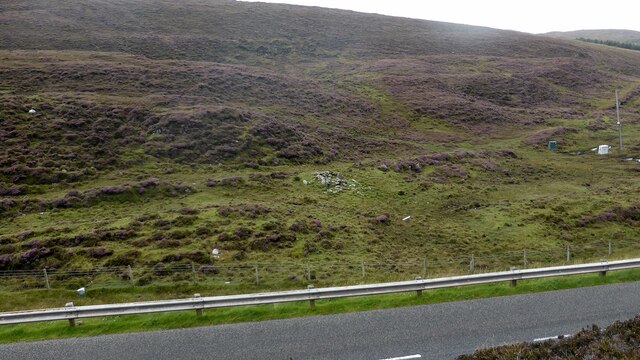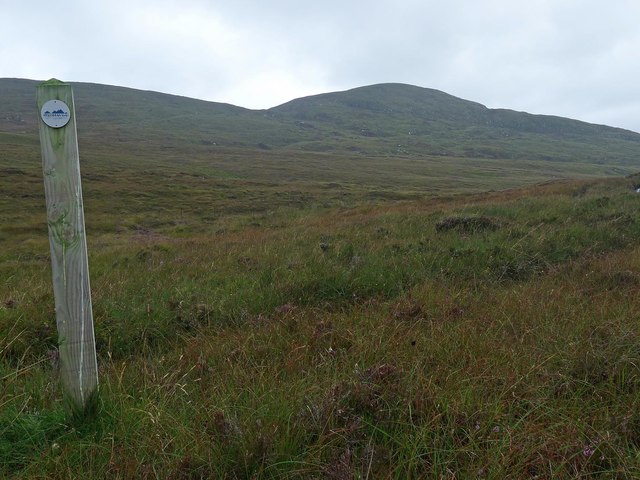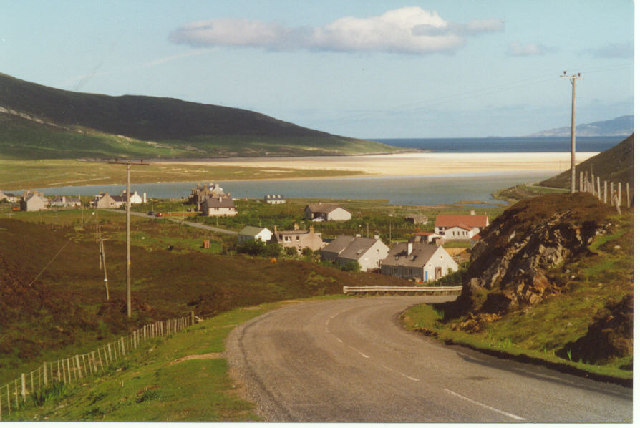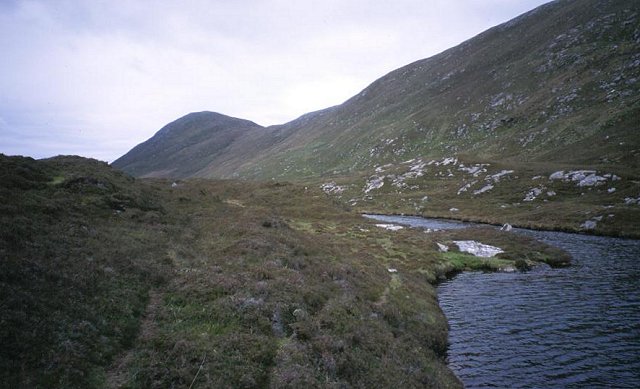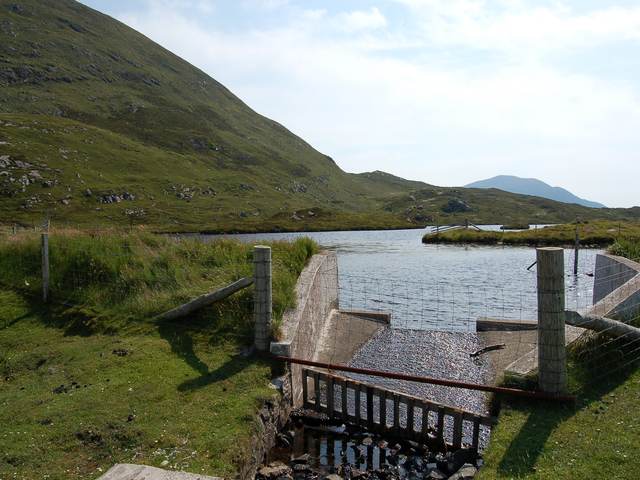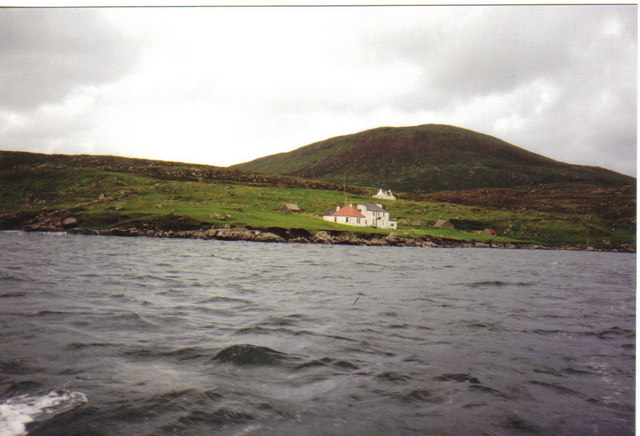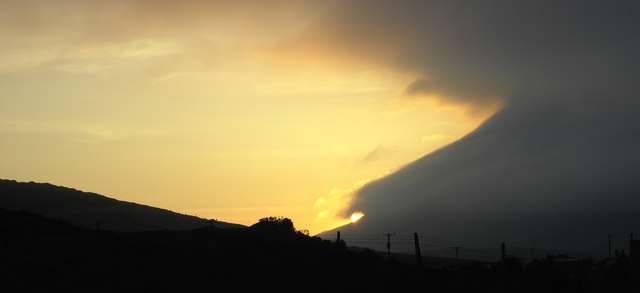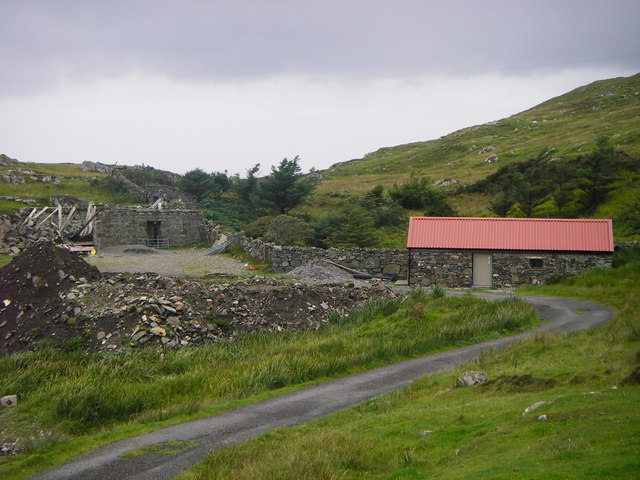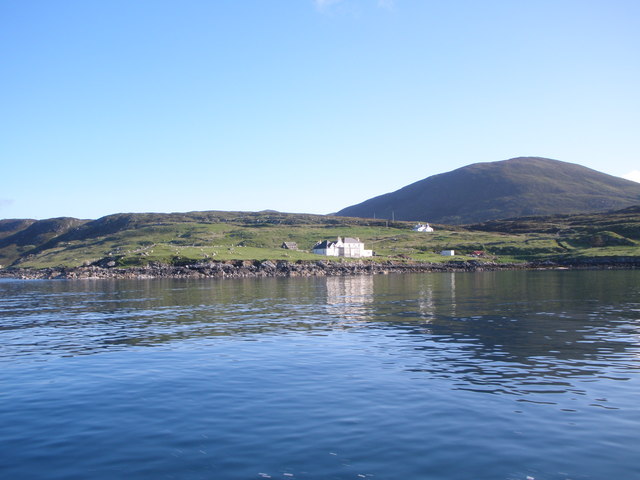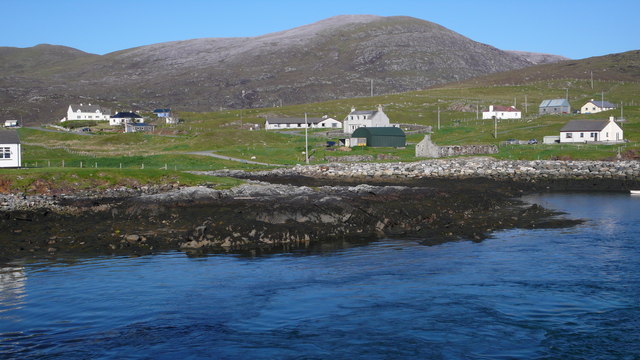Aine-Cleit
Hill, Mountain in Inverness-shire
Scotland
Aine-Cleit

Aine-Cleit, located in Inverness-shire, Scotland, is a prominent hill/mountain that stands as an impressive natural feature in the region. Rising to a height of approximately 800 meters (2,625 feet), it offers breathtaking panoramic views of the surrounding landscape.
Aine-Cleit is characterized by its rugged terrain, with steep slopes covered in heather and moss. The hill/mountain is part of a larger mountain range and is known for its challenging hiking trails that attract outdoor enthusiasts and adventurers alike. The ascent can be demanding, but the reward is an unforgettable vantage point, allowing visitors to appreciate the beauty of the Scottish Highlands.
The summit of Aine-Cleit provides an unparalleled view of the surrounding countryside, with its lush green valleys, sparkling lochs, and distant peaks. On a clear day, one can see as far as the coast, creating a truly awe-inspiring experience.
Due to its remote location and challenging terrain, Aine-Cleit remains relatively untouched by human activity. This allows for a rich and diverse ecosystem to thrive, supporting a variety of plant and animal species. Hikers may encounter rare wildlife, such as red deer, golden eagles, and ptarmigans, adding to the allure of this natural wonder.
Aine-Cleit is a popular destination for outdoor enthusiasts seeking adventure and natural beauty. Its majestic presence, coupled with its breathtaking views, make it a must-visit for those exploring the Inverness-shire region.
If you have any feedback on the listing, please let us know in the comments section below.
Aine-Cleit Images
Images are sourced within 2km of 57.78802/-7.0290248 or Grid Reference NG0188. Thanks to Geograph Open Source API. All images are credited.



Aine-Cleit is located at Grid Ref: NG0188 (Lat: 57.78802, Lng: -7.0290248)
Unitary Authority: Na h-Eileanan an Iar
Police Authority: Highlands and Islands
What 3 Words
///precluded.anode.compiled. Near Leverburgh, Na h-Eileanan Siar
Nearby Locations
Related Wikis
Leverburgh
Leverburgh (Scottish Gaelic: An t-Òb [ən̪ˠ ˈt̪ɔːp]) is the second largest village, after Tarbert, in Harris in the Outer Hebrides of Scotland. Leverburgh...
1990 Scotland RAF Shackleton crash
On 30 April 1990, a Royal Air Force Avro Shackleton AEW Mk II aircraft, of No. 8 Squadron RAF, based at RAF Lossiemouth, crashed into a hill on the Isle...
Outer Hebrides
The Outer Hebrides ( HEB-rid-eez) or Western Isles (Scottish Gaelic: na h-Eileanan Siar [nə ˈhelanən ˈʃiəɾ] , na h-Eileanan an Iar [nə ˈhelanən əɲ ˈiəɾ...
Roineabhal
Roineabhal is a hill in Harris, in the Western Isles of Scotland. The granite on the summit plateau of the mountain is anorthosite, and is similar in composition...
Have you been to Aine-Cleit?
Leave your review of Aine-Cleit below (or comments, questions and feedback).

